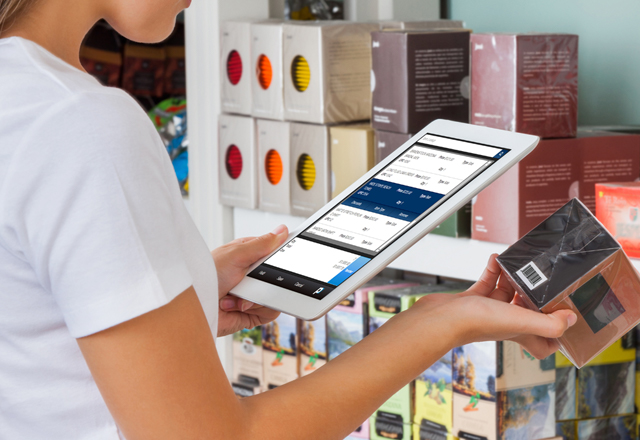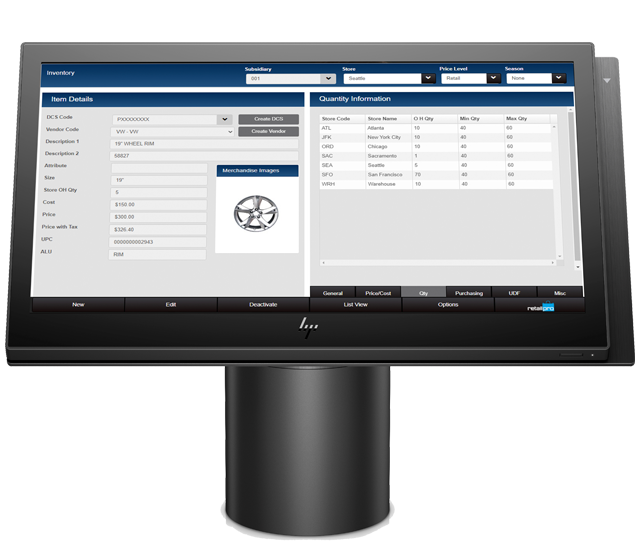Measuring ROI of relationship building with loyalty programs

Customer retention is a huge challenge for retailers, and all recognize the advantages of cultivating a base of customers: A 5% increase in customer loyalty can increase the average profit per customer by 25% to 100%, according to fitsmallbusiness.com.
Creating a customer experience that is satisfying is a much more cost-effective strategy than constant prospecting.
Short-term value of increasing sales vs building relationships

Some businesses assume that by simply rewarding customers with discounts, shoppers will become more loyal; JC Penney discovered the unintended side effects of sale psychology too late.
However, cultivating a strong emotional bond between a brand and its customers is what makes it more likely that a customer will continue to visit the store or website in the future.
And the intangible aspects of relationship building come actually with a very clear ROI, if you’re tracking the right metrics.
For example, offering a sales discount as part of a birthday recognition personalizes the rewards experience to every member, making each feel special and recognized for being a loyalty club member.
Yes, you’re making them feel special and a little more bonded emotionally to your brand.
And yes, you see immediate ROI on those relational tactics when they redeem their birthday offer.
Watching for and leading customers to the next phase in the journey toward a higher overall CLV should be the goal of every loyalty program, and can be accomplished more effectively with loyalty and personalized marketing tools like AppCard for Retail Pro.
While well-run loyalty programs that deliver customer satisfaction clearly improve retention rates, they can also be a means to attract new customers.
First-time shoppers can easily recognize a program that makes customers a priority and that anticipates and exceeds their needs as soon as they join.
Having a well-designed loyalty program not only keeps returning customers happy, but it also grows the retailer’s customer base.
Millennial mindshare: Experiential loyalty

Millennials are the largest group of shoppers in the current market, and as a demographic, they are very brand loyal.
However, they are particular about what they are looking for in a loyalty program.
No punch cards for this generation — or trading stamps.
The key to success with millennials is building a relationship, and that’s done through offering special experiences rather than coupons.
For example, a credit card that offers advance ticket purchasing for popular events; a coffee roastery that gives members a heads up to new roasts and coffee tastings or a makeup line that provides VIP access to a celebrity Q&A on a social network are ways to make a customer feel special and want to be part of a loyalty program.
Loyalty programs are important to retain customers and attract new shoppers, as well as to help retailers forge deeper, richer, customer connections.
Happy customers spread the word, and prospective customers generally trust friends’ feedback more than advertisements or other types of marketing.
Loyalty programs help polish a retailer’s image.
Humans want to feel special, and loyalty programs help retailer provide that experience.
By doing so, retailers reap the benefits of repeat customers while attracting new ones — and enhancing their brand’s reputation.























































